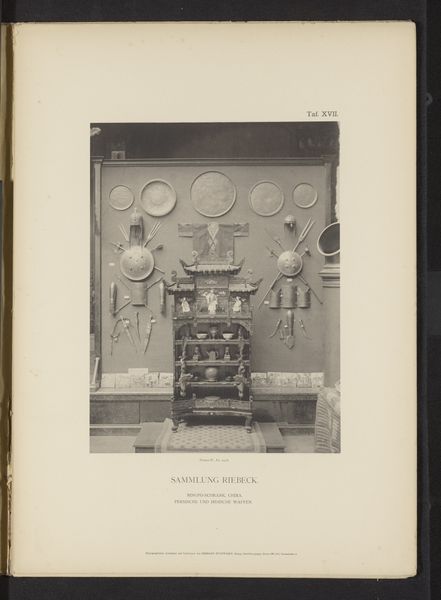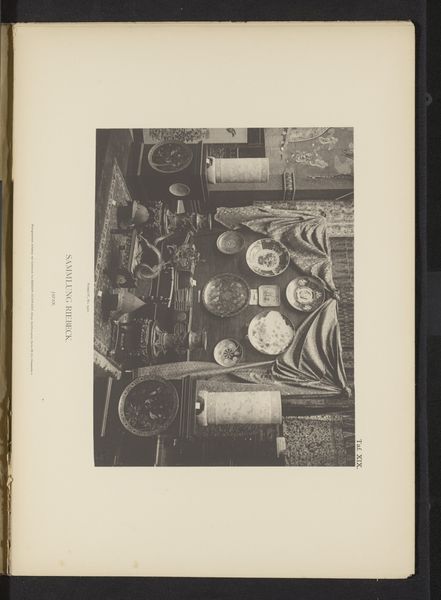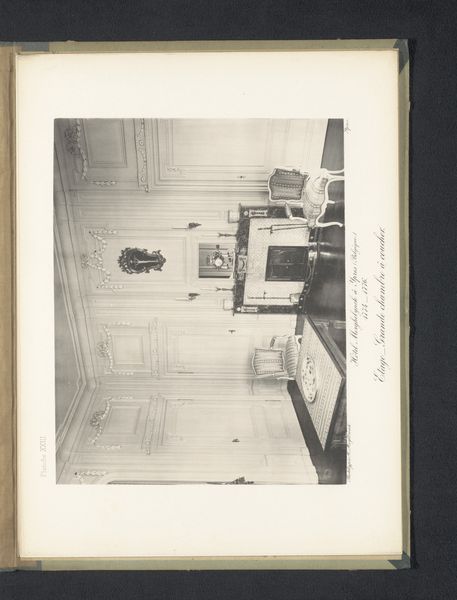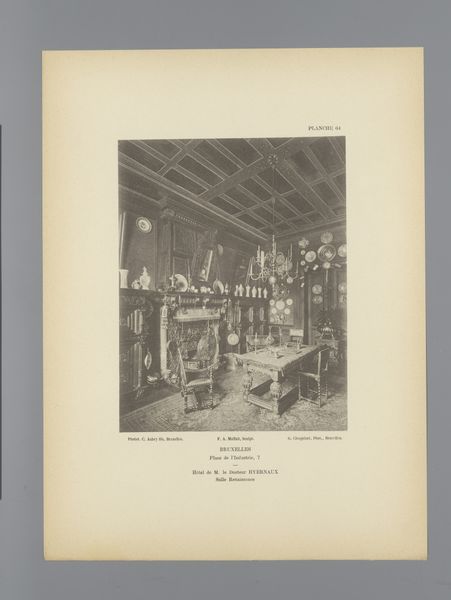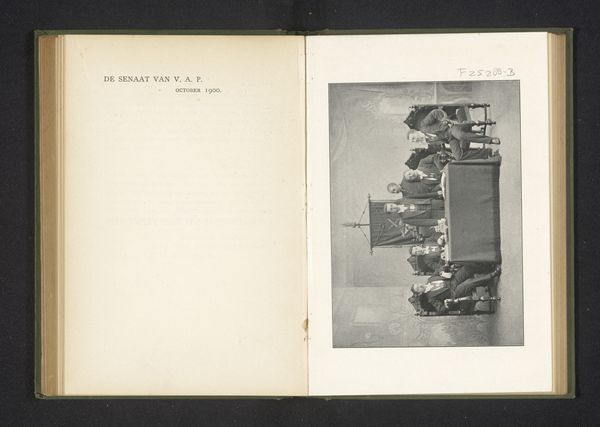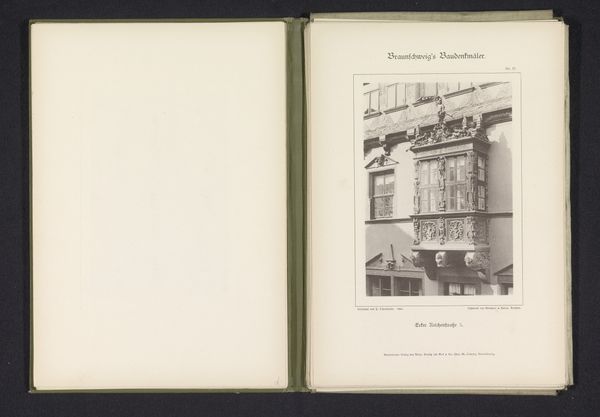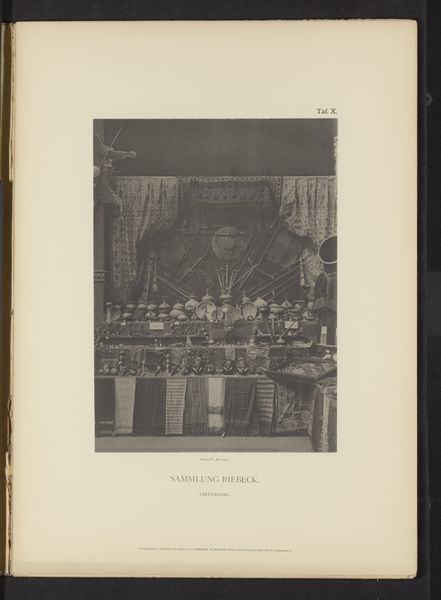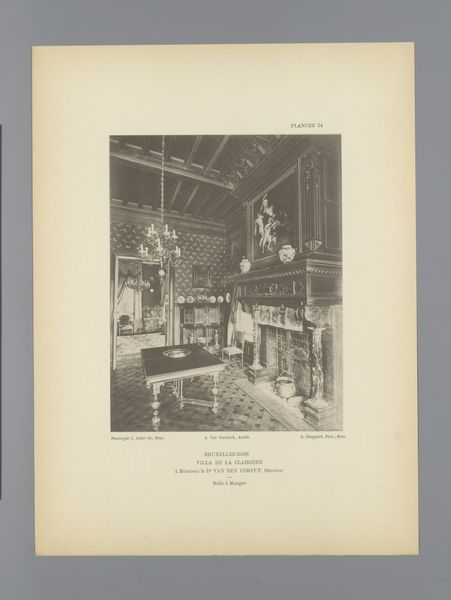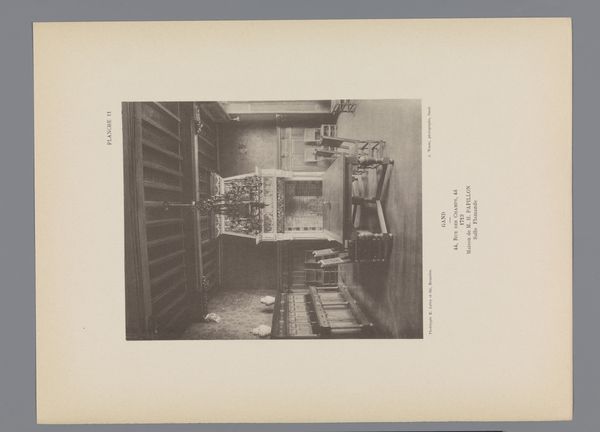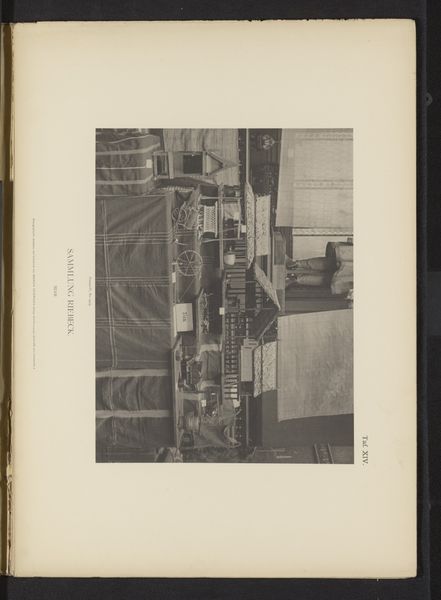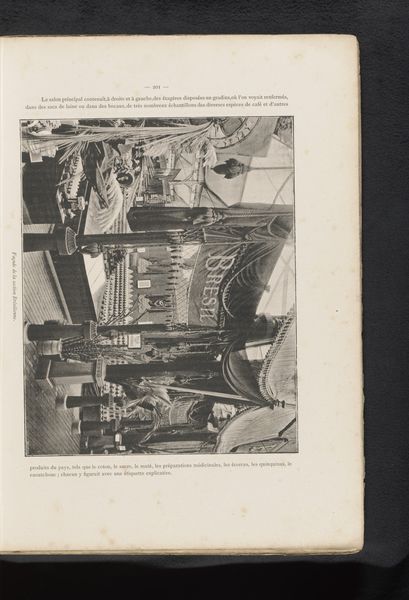
Objecten uit Thailand uit de verzameling van Emil Riebeck, op de binnenplaats van het Kunstgewerbemuseum in Berlijn 1884
0:00
0:00
print, photography, albumen-print
#
aged paper
#
homemade paper
#
pale palette
#
paperlike
# print
#
light coloured
#
asian-art
#
paper texture
#
photography
#
folded paper
#
thick font
#
decorative-art
#
paper medium
#
albumen-print
#
historical font
Dimensions: height 309 mm, width 236 mm
Copyright: Rijks Museum: Open Domain
Curator: This albumen print from 1884 is by Hermann Rückwardt, depicting “Objects from Thailand from the Collection of Emil Riebeck, in the courtyard of the Kunstgewerbemuseum in Berlin." Editor: It’s incredibly still. And somehow melancholy? Everything’s arranged so deliberately, and rendered in such muted tones, that the artifacts seem to carry the weight of being displayed, almost as specimens. Curator: Indeed. Riebeck's collection speaks volumes about 19th-century European collecting practices. He was very interested in the display, organizing it for both scientific and public consumption within the museum. Editor: You know, seeing the image laid out like this really drives home the labor involved in producing and then classifying these items. From crafting the masks and miniatures to shipping and setting them up, it seems pretty exhausting. Look at the variety of materials that they would be made of. Curator: Absolutely. The objects embody power dynamics of the time, too. What stories do they obscure about their original makers and contexts? We are left here to wonder about cultural representation through museum display, shaped heavily by colonial views. Editor: The albumen printing process itself—the way light reacts with the treated paper—creates a depth that's intriguing. It softens the details, lending the objects an ethereal quality, like ghostly representations of functional artifacts. It seems very mediated to me, especially as photography at the time was being seen as objective. Curator: I think it reflects the period’s desire to capture and organize the world scientifically, albeit through a lens deeply colored by their own worldview. This picture reveals the complexities inherent in such endeavors. Editor: Yes, and as a physical print, it invites us to consider its own materiality—the paper, the chemicals, the printing press—as part of the overall message, an intrinsic component that shaped the final product. Thanks for this analysis! Curator: And thank you for bringing us to think through these objects, their collection, and their ultimate representation.
Comments
No comments
Be the first to comment and join the conversation on the ultimate creative platform.
